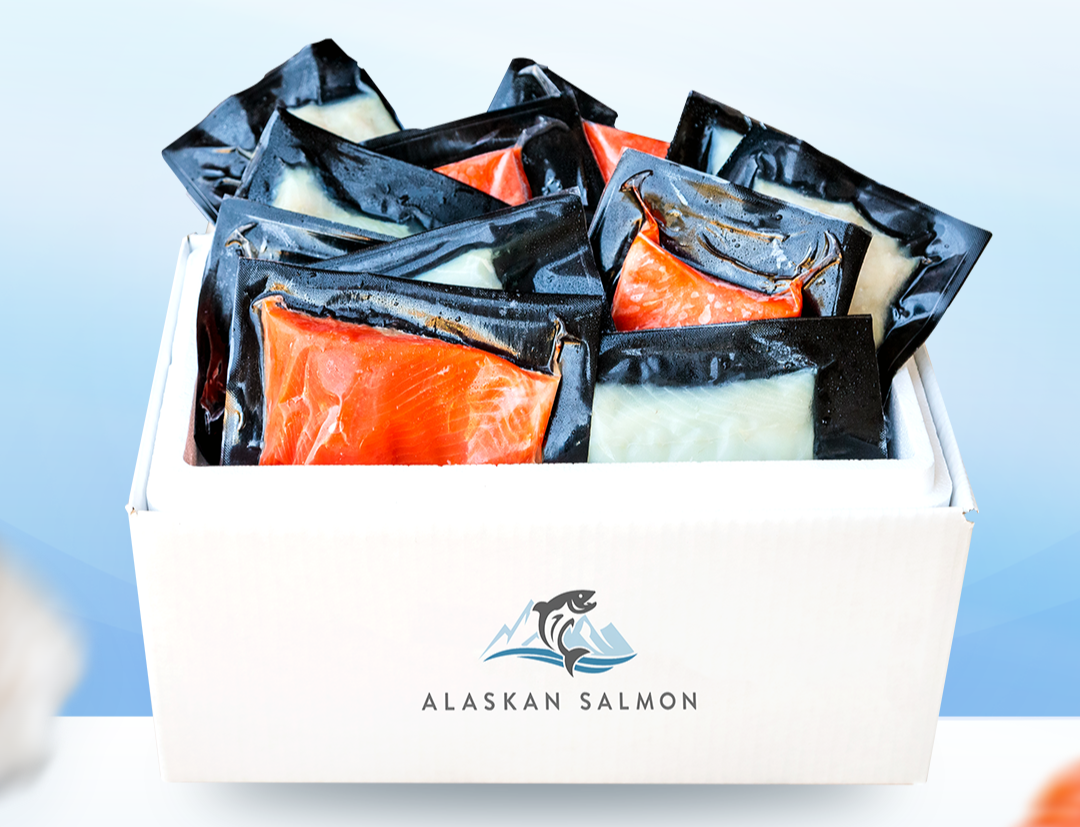How I Cure Salmon Like a Chef — Right in My Kitchen
Updated on Nov 12, 2025
The first time I tasted chef-made cured salmon, I couldn’t believe how fresh and silky it was. It had that melt-in-your-mouth texture and balanced flavor that store-bought versions just can’t match. I remember thinking, I need to learn how to make this myself.
After a few tries and a lot of patience, I found the perfect method to cure salmon right at home. No fancy equipment needed.
Curing salmon might sound like something only chefs do, but it’s actually a simple process that just takes a few ingredients and some time.
If you love salmon as much as I do, you’ll appreciate how rewarding it feels to make your own version that’s fresher and more flavorful than anything you’ll find in a package!
What is Cured Salmon?
Cured salmon is a delicacy made from fresh salmon treated with a mixture of salt, sugar, and sometimes herbs or spices. This not only enhances the fish’s flavor but also gives it a firm, silky texture that’s safe to eat.
Known for its smooth, melt-in-your-mouth quality and lightly briny taste, cured salmon is similar to gravlax, a traditional Scandinavian dish flavored with dill and other aromatics.
While it was once primarily used to preserve fish before refrigeration, today it’s cherished for its refined, fresh flavor. Unlike smoked salmon, which carries a distinct smoky aroma, cured salmon highlights the pure, clean taste of the fish itself.
What You’ll Need for Curing Salmon at Home
Curing salmon at home is easier than it sounds, and the best part is you don’t need any fancy equipment — just a few simple ingredients and tools. Here’s what I usually keep on hand:
- Fresh salmon fillet – Skin on is best, wild-caught adds extra flavor.
- Kosher salt – The main ingredient that seasons the fish and gently firms it up, giving the salmon that perfect texture.
- Sugar – Balances the salt and gives the salmon a subtle sweetness.
- Optional herbs and spices – Dill, black pepper, lemon zest, or even a pinch of chili for a twist.
- Plastic wrap or parchment paper – To wrap the salmon tightly while it cures.
- A baking dish or tray – Something to hold the salmon as it rests in the fridge.
- A weight – Even something simple like a small pan or can to help the cure press evenly.
Over time, I’ve loved experimenting with flavors, but even the classic salt-and-sugar version is delicious on its own.
How to Cure Salmon
Here’s a straightforward method I follow to cure salmon at home, step by step
- Prepare the cure. Mix together your salt, sugar, and any herbs or spices you want to try. I often add a little dill and lemon zest for a bright, fresh flavor.
- Prep the salmon. Pat your salmon dry with paper towels to remove excess moisture. This helps the cure stick and penetrate evenly.
- Apply the cure. Spread a thin layer of the salt-sugar mixture on the bottom of a baking dish. Place the salmon on top, skin side down, and cover the flesh completely with the remaining cure.
- Wrap and weigh. Wrap the salmon tightly in plastic wrap or parchment paper, then place a small weight on top. This helps the cure press evenly into the fish.
- Refrigerate. Let the salmon rest in the fridge for 24–48 hours, depending on how firm and salty you like it. During this time, the magic happens — the salmon firms up and absorbs the flavors.
- Rinse and slice. After curing, rinse off the excess salt and sugar under cold water and pat the salmon dry. Slice it thinly at an angle to showcase its silky texture.
How to Know if Your Salmon is Perfectly Cured
You’ll know your salmon is ready when it feels slightly firm to the touch, not squishy, and has a glossy, translucent look. When you slice it, it should hold together beautifully, with a melt-in-your-mouth texture that’s tender but not mushy.
The flavor should be balanced — not overly salty, but rich and lightly briny, letting the natural salmon taste shine.
Flavored Cured Salmon Variations I Love Trying
Once you’ve mastered the classic cure, experimenting with flavors is one of my favorite parts. Here are a few variations I love:
- Dill & Lemon: Add fresh dill and a little lemon zest for a bright, clean flavor. It’s a classic combination that works beautifully on bagels, toast, or as a simple appetizer.
- Beet-Cured Salmon: Grated beets give the salmon a subtle sweetness and a gorgeous, deep pink color. It always turns heads on a serving platter.
- Pepper & Coriander: For a spicier kick, I sprinkle cracked black pepper, coriander seeds, and a pinch of chili flakes into the cure. The result is warm, aromatic, and pairs wonderfully with creamy toppings like avocado or cream cheese.
- Citrus & Ginger: A little orange or grapefruit zest with fresh ginger adds a lively, slightly exotic flavor. I find it refreshing and unexpected. It’s a flavor that keeps people coming back for more.
How I Serve My Home-Cured Salmon
I love keeping my cured salmon simple so its silky texture and fresh flavor shine. One favorite way is on rye or sourdough with cream cheese, capers, and dill, paired with roasted vegetables or a light grain like quinoa.
For a fuller plate, I layer it over fresh greens with radish, cucumber, and a soft-boiled egg, perfect with a crisp Sauvignon Blanc or a sparkling rosé.
When serving a crowd, I arrange the salmon on a platter with baguette slices, crackers, and small bowls of mustard-dill sauce or herbed yogurt.
Easy-to-share sides like roasted potatoes or light risotto work beautifully, and wines like Pinot Noir or sparkling varieties bring the whole meal together.
You can explore more ideas for side dishes and salmon wine pairings to elevate your serving experience.
Summary
Curing salmon at home is easier than it seems, and the results are incredibly rewarding. With just a few simple ingredients, some patience, and the right salmon, you can create silky, flavorful slices that rival anything from a restaurant or specialty shop.
Personally, I prefer using Wild King Salmon for its buttery richness or Wild Sockeye Salmon for a slightly deeper, robust flavor. Both work beautifully for classic or flavored cures. Once you taste your own home-cured salmon, you’ll appreciate how fresh, clean, and satisfying it can be.
FAQs
How long does it take to cure salmon?
Curing typically takes 24–48 hours in the refrigerator. The exact time depends on how firm and salty you like your salmon. Shorter for a softer texture, longer for a more intense flavor.
Is cured salmon the same as smoked salmon?
Not exactly. Cured salmon showcases the fish’s pure, fresh flavor and silky texture without any smoke, while smoked salmon, like lox or Nova, undergoes an additional smoking step that adds a distinctive smoky aroma and flavor.
You can learn more about the differences between lox, smoked salmon, and Nova and how each is enjoyed.
Can I cure frozen salmon?
Yes! Just make sure it’s fully thawed and patted dry before curing. Using frozen salmon can also help reduce the risk of parasites, making it safe and convenient for home curing.








